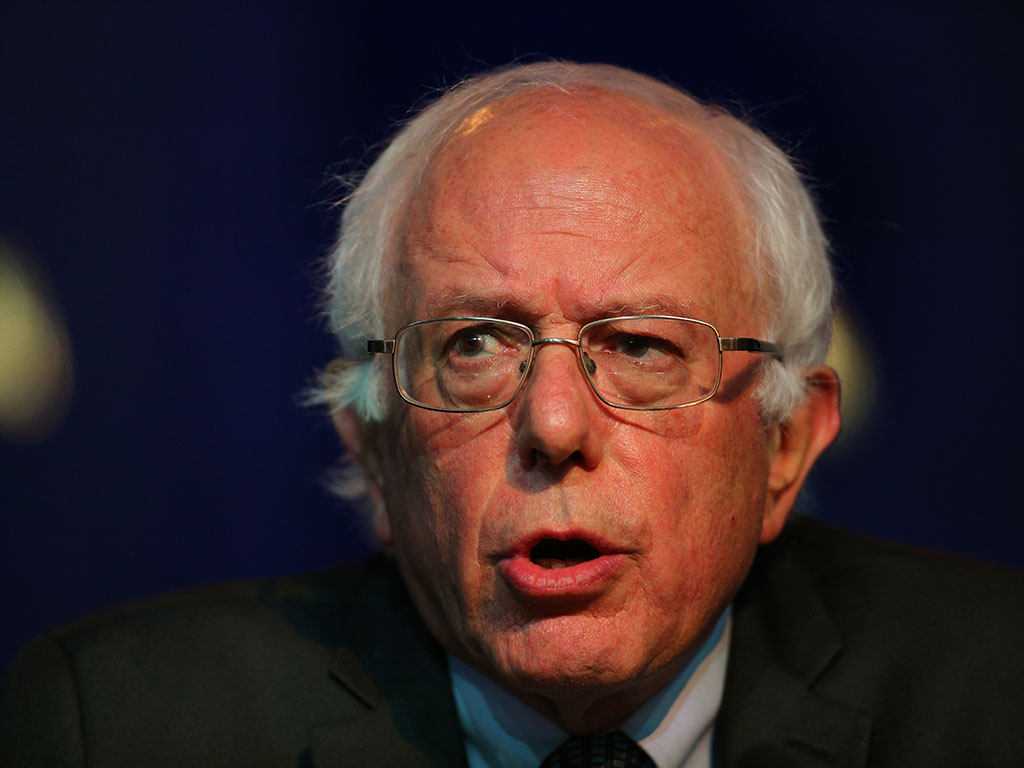

Executive salaries and bonuses have become a major issue across the world, with various political hopefuls – from Britain’s Jeremy Corbyn to the US’s Bernie Sanders – promising to reign in what is perceived as excessive remuneration. A new report by PwC, however, shows a more detailed picture of pay among FTSE 100 CEOs.
In 2014, a quarter of such executives received no rise in their salary
In 2014, a quarter of such executives received no rise in their salary. In 2015, this number has increased to a third. Among those chief executives that did see a pay rise, the median rise was three percent. Bears in the stock market in early 2015 have seen a slight increase in bonus payments, with a median increase of three percent from the prior year, however, as the report notes, “falling stock markets since the start of the year are expected to result in a falling single figure of pay for the next reporting year.”
Bonus pay has though, for the most part, remained relatively fixed. The maximum bonus FTSE executives can receive as a percentage of their salary has remained fixed since 2011, while the average amount paid out in bonuses has stayed stable for the past three years – at 72 percent of the maximum allowed to be paid. The majority of FTSE 100 companies paid their CEOs over half the maximum bonus allowance, while only four percent of firms paid zero bonuses. This level of consistency, however, raises questions over how much bonuses are actually linked to performance. As Tom Gosling, executive pay partner at PwC, is quoted saying in the report, “the consistency in bonus pay-outs is raising questions about how well variable pay is living up to its name. To build trust in the system, remuneration committees must continue to improve the quality of disclosure about how bonus targets are set and whether they are sufficiently stretching. This is likely to be where shareholders’ focus will shift next.”
Many companies are also attempting to improve their remuneration practices. As the report notes, “the majority of companies are also using more performance measures to determine long-term incentives. Notably, more non-financial measures are being incorporated into many long-term incentive plans to reflect shareholders’ focus on linking reward to strategy and sustainable performance.” Firms are extending the amount of time CEOs need to hold on to their shares before they can sell them while almost all have also introduced clawback clauses, which allow them to reclaim bonuses or incentives should a CEO be found guilty of some sort of misconduct.

